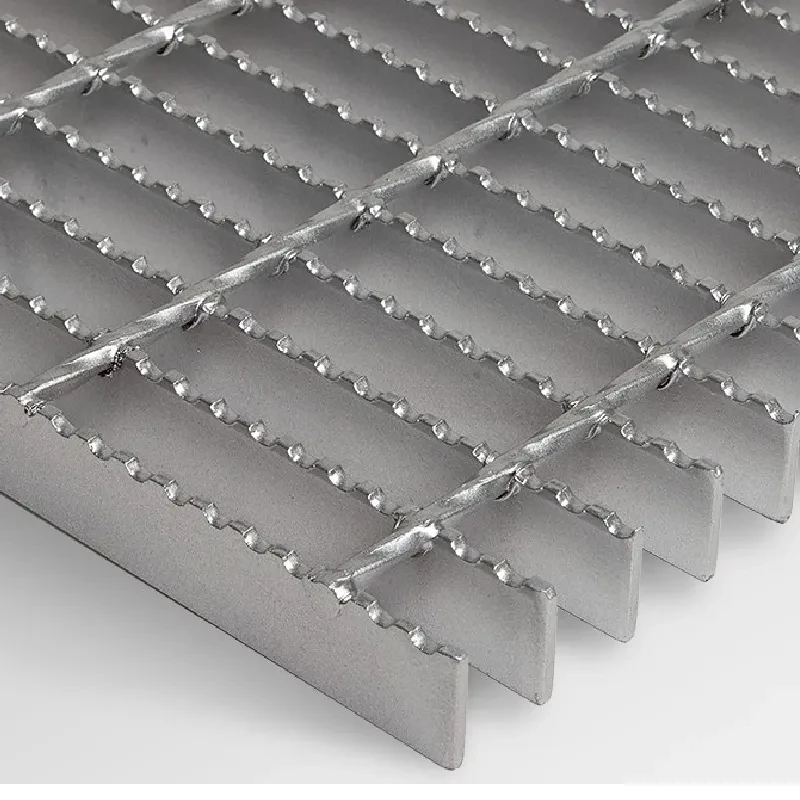- Industrial zone, South of Anping Town, Hengshui, Hebei, China.
- sales@hfpetromesh.com
- +86-18931809706
 Afrikaans
Afrikaans  Albanian
Albanian  Amharic
Amharic  Arabic
Arabic  Armenian
Armenian  Azerbaijani
Azerbaijani  Basque
Basque  Belarusian
Belarusian  Bengali
Bengali  Bosnian
Bosnian  Bulgarian
Bulgarian  Catalan
Catalan  Cebuano
Cebuano  Corsican
Corsican  Croatian
Croatian  Czech
Czech  Danish
Danish  Dutch
Dutch  English
English  Esperanto
Esperanto  Estonian
Estonian  Finnish
Finnish  French
French  Frisian
Frisian  Galician
Galician  Georgian
Georgian  German
German  Greek
Greek  Gujarati
Gujarati  Haitian Creole
Haitian Creole  hausa
hausa  hawaiian
hawaiian  Hebrew
Hebrew  Hindi
Hindi  Miao
Miao  Hungarian
Hungarian  Icelandic
Icelandic  igbo
igbo  Indonesian
Indonesian  irish
irish  Italian
Italian  Japanese
Japanese  Javanese
Javanese  Kannada
Kannada  kazakh
kazakh  Khmer
Khmer  Rwandese
Rwandese  Korean
Korean  Kurdish
Kurdish  Kyrgyz
Kyrgyz  Lao
Lao  Latin
Latin  Latvian
Latvian  Lithuanian
Lithuanian  Luxembourgish
Luxembourgish  Macedonian
Macedonian  Malgashi
Malgashi  Malay
Malay  Malayalam
Malayalam  Maltese
Maltese  Maori
Maori  Marathi
Marathi  Mongolian
Mongolian  Myanmar
Myanmar  Nepali
Nepali  Norwegian
Norwegian  Norwegian
Norwegian  Occitan
Occitan  Pashto
Pashto  Persian
Persian  Polish
Polish  Portuguese
Portuguese  Punjabi
Punjabi  Romanian
Romanian  Russian
Russian  Samoan
Samoan  Scottish Gaelic
Scottish Gaelic  Serbian
Serbian  Sesotho
Sesotho  Shona
Shona  Sindhi
Sindhi  Sinhala
Sinhala  Slovak
Slovak  Slovenian
Slovenian  Somali
Somali  Spanish
Spanish  Sundanese
Sundanese  Swahili
Swahili  Swedish
Swedish  Tagalog
Tagalog  Tajik
Tajik  Tamil
Tamil  Tatar
Tatar  Telugu
Telugu  Thai
Thai  Turkish
Turkish  Turkmen
Turkmen  Ukrainian
Ukrainian  Urdu
Urdu  Uighur
Uighur  Uzbek
Uzbek  Vietnamese
Vietnamese  Welsh
Welsh  Bantu
Bantu  Yiddish
Yiddish  Yoruba
Yoruba  Zulu
Zulu
- Afrikaans
- Albanian
- Amharic
- Arabic
- Armenian
- Azerbaijani
- Basque
- Belarusian
- Bengali
- Bosnian
- Bulgarian
- Catalan
- Cebuano
- Corsican
- Croatian
- Czech
- Danish
- Dutch
- English
- Esperanto
- Estonian
- Finnish
- French
- Frisian
- Galician
- Georgian
- German
- Greek
- Gujarati
- Haitian Creole
- hausa
- hawaiian
- Hebrew
- Hindi
- Miao
- Hungarian
- Icelandic
- igbo
- Indonesian
- irish
- Italian
- Japanese
- Javanese
- Kannada
- kazakh
- Khmer
- Rwandese
- Korean
- Kurdish
- Kyrgyz
- Lao
- Latin
- Latvian
- Lithuanian
- Luxembourgish
- Macedonian
- Malgashi
- Malay
- Malayalam
- Maltese
- Maori
- Marathi
- Mongolian
- Myanmar
- Nepali
- Norwegian
- Norwegian
- Occitan
- Pashto
- Persian
- Polish
- Portuguese
- Punjabi
- Romanian
- Russian
- Samoan
- Scottish Gaelic
- Serbian
- Sesotho
- Shona
- Sindhi
- Sinhala
- Slovak
- Slovenian
- Somali
- Spanish
- Sundanese
- Swahili
- Swedish
- Tagalog
- Tajik
- Tamil
- Tatar
- Telugu
- Thai
- Turkish
- Turkmen
- Ukrainian
- Urdu
- Uighur
- Uzbek
- Vietnamese
- Welsh
- Bantu
- Yiddish
- Yoruba
- Zulu
Innovative Designs for Walkway Grates Enhancing Safety and Aesthetics in Outdoor Spaces
The Importance of Walkway Grates in Urban Design
Walkway grates are often overlooked elements in urban design, yet they play a significant role in enhancing functionality and aesthetics in public spaces. These grates, typically made from materials such as metal, fiberglass, or plastic, are designed to cover drainage systems, allowing for effective water management while providing a safe passage for pedestrians.
One of the primary functions of walkway grates is to facilitate drainage in urban areas. Rainwater can accumulate on walkways and streets, creating puddles that pose hazards to pedestrians. Grates allow water to flow into storm drains, reducing the risk of flooding during heavy rains. This efficient management of stormwater not only protects pedestrians but also helps prevent the degradation of urban infrastructure. By directing water into the drainage system, walkway grates help to maintain the integrity of surrounding landscapes and reduce soil erosion.
In addition to their functional benefits, walkway grates can also elevate the visual appeal of public spaces
. Available in various designs, colors, and finishes, they can complement the overall aesthetic of a walkway or plaza. For instance, decorative grates can incorporate artistic patterns or motifs that reflect the culture or history of a community. By integrating design elements into these functional structures, urban planners can create inviting environments that encourage people to explore and enjoy their surroundings.walkway grates

Moreover, walkway grates contribute to the safety of urban pathways. Many grates are designed with slip-resistant surfaces to ensure that pedestrians can traverse them confidently, even in wet conditions. This is especially important in high-traffic areas where the risk of accidents increases. By enhancing safety, walkway grates can improve the overall experience of walking in urban settings, making city life more accessible and enjoyable for everyone.
Sustainability is another crucial aspect of walkway grates. With increasing awareness of environmental issues, many manufacturers are now producing grates from recycled materials. This not only reduces waste but also minimizes the carbon footprint associated with their production. Furthermore, grates that allow for the permeation of water contribute to the natural hydrological cycle, preventing surface runoff and promoting groundwater recharge. By selecting eco-friendly options, cities can further their commitment to sustainable development.
In conclusion, walkway grates are essential components of urban design that serve multiple purposes. They facilitate effective drainage, enhance safety, contribute to aesthetic value, and promote sustainability. As cities continue to evolve, the role of walkway grates will likely expand, with innovations emerging to improve their functionality and design. For urban planners and designers, recognizing the potential of these often-overlooked structures is key to creating vibrant, resilient, and enjoyable public spaces. Embracing the role of walkway grates in urban design can lead to improved infrastructure and a higher quality of life for residents and visitors alike.
-
Welded Steel Bar Grating: The Rugged Industrial Flooring Solution Built for Load and LongevityNewsJun.24,2025
-
Steel Walkway Grating: Reliable, Resilient, and Built for Every StepNewsJun.24,2025
-
Shale Shaker Screen for Sale: Optimize Drilling Efficiency with Precision Screening PowerNewsJun.24,2025
-
Shaker Screen for Sale: Elevate Your Drilling Efficiency with Durable Separation SolutionsNewsJun.24,2025
-
Press Locked Steel Grating: Industrial Strength with Precision Fit for Heavy-Duty ApplicationsNewsJun.24,2025
-
Perimeter Safety Netting: The Critical Safety Upgrade for Every HelipadNewsJun.24,2025